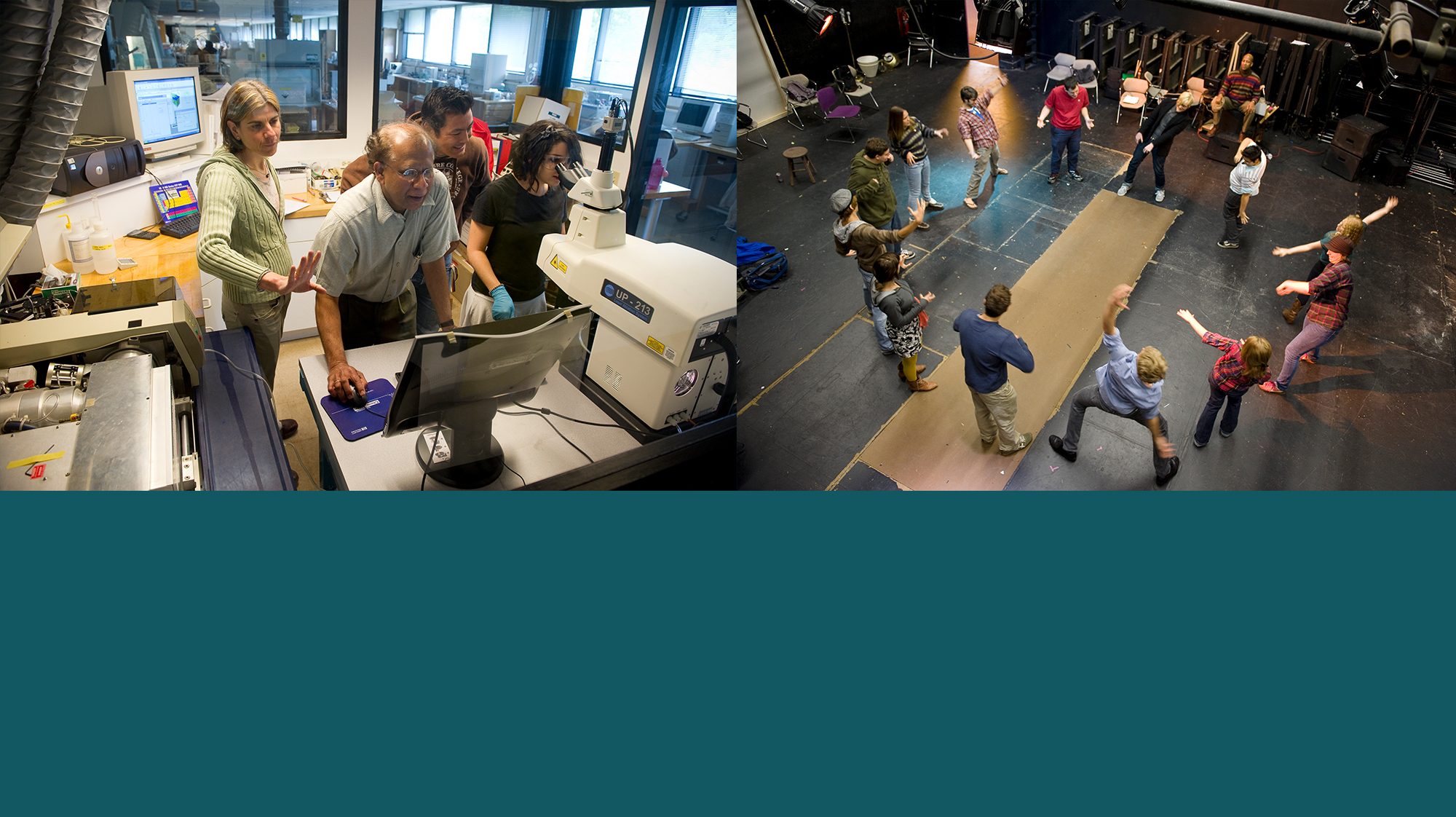The Science of Learning
Learning is enhanced when instructors understand and make use of contemporary knowledge of how people learn. This page offers sites that define and describe many theories of learning with their implications for the classroom
National Research Council (2000). How People Learn: Mind, Brain, Experience, and School. John D. Bransford, Ann L. Brown, and Rodney R. Cocking, eds.
A complete online copy of this well-respected book that summarizes current cognitive learning theory and its implications for education today and in the future.
AAC&U has begun a project on “transparent teaching and learning.” This project is based on the idea that many (all?) students need explicit conversations about the goals of instruction and about the thinking and working strategies used in classes in order to succeed. You can read about the project and how transparent teaching improves learning in this issue of Peer Review.
We have the following books in the library or the Center for Teaching and Learning:
Bain, Ken. (2004) What the Best College Teachers Do. Cambridge, MA: Harvard University Press. (You might recommend Ken’s book: What the Best College Students Do for your students – also in our library).
Bowen, José Antonio (2012). Teaching Naked: How Moving Technology Out of Your College Classroom Will Improve Student Learning. San Francisco: Jossey-Bass.
Brookfield, Stephen, and Stephen Preskill. (1999). Discussion As a Way of Teaching: Tools and Techniques for Democratic Classrooms. San Francisco: Jossey-Bass Publishers.
Svinicki, M. D., McKeachie, W. J., & McKeachie, W. J. (2011). McKeachie’s teaching tips: Strategies, research, and theory for college and university teachers. Belmont, CA: Wadsworth, Cengage Learning.

